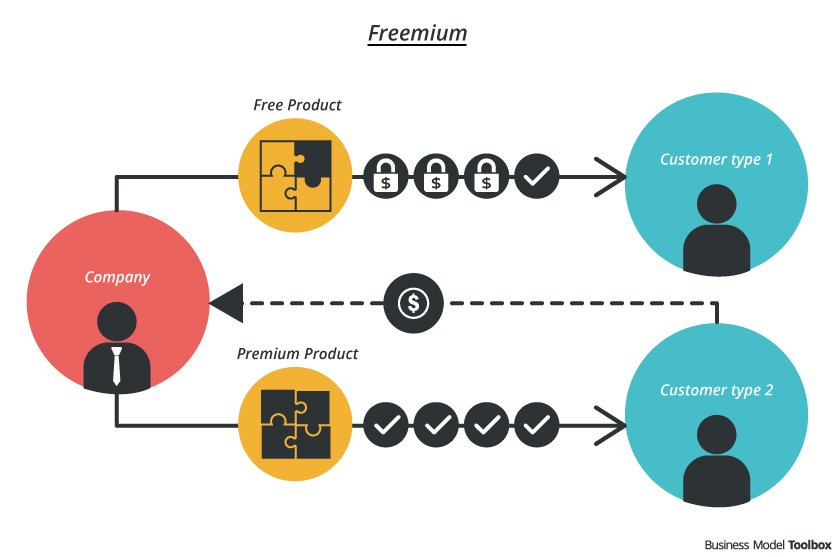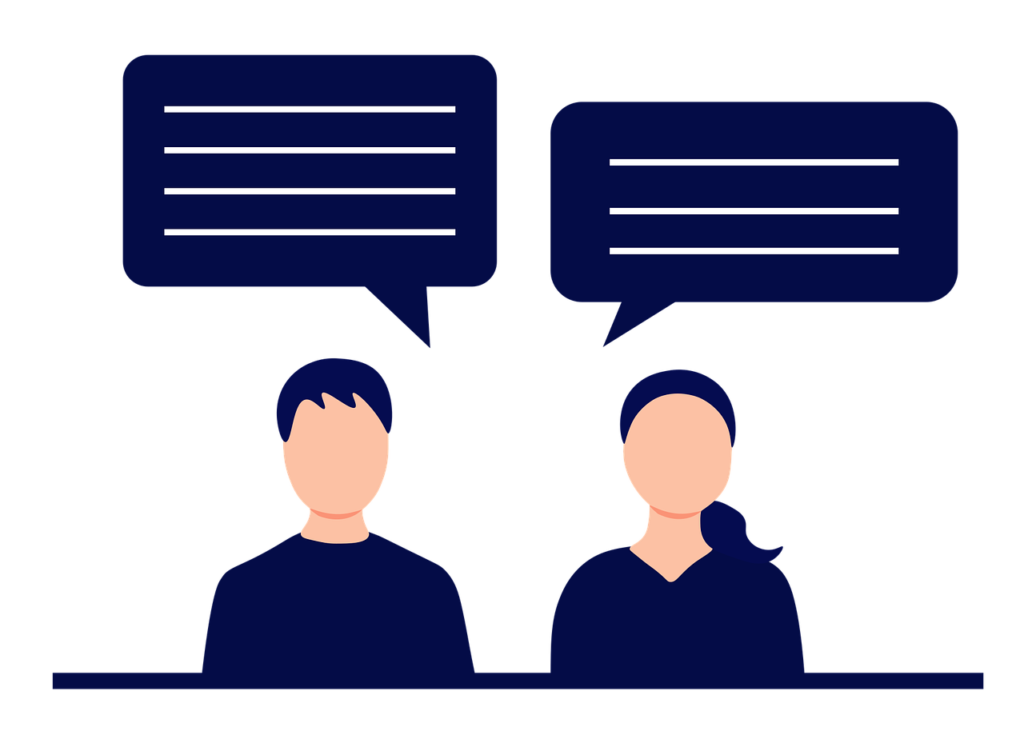What do SaaS Companies Do?
The SaaS sector has been the fastest growing sector in the market since 2019. This market segment grows ever larger with every passing day, generating more than a hundred billion dollars of annual revenue. Businesses have been utilizing these technologies extensively in the last years, as signalled by them spending more than 50% of what they used to spend on them compared to just two years ago.
But first, just what is a SaaS company? SaaS stands for “software as a service”. These companies host a software on their server, which their users access through the Internet. Although these services were accessible through Internet browsers when they were new, they can now be accessed through many platforms. Let us go over some of the most used SaaS applications first:
- Customer Resource Management, or CRM, which allows companies to record customer information and trace their sales.
- Enterprise Resource Planning, or ERP, a network of many different SaaS applications tailored for large companies.
- Accounting and invoicing services to manage company monetary affairs.
- Project management services for efficient collaboration and communication between partners.
- Web hosting and e-commerce services to help companies upkeep their online persona.
- Human Resources services which organizations can use for hiring processes, or to provide easy access to the timetable for the employees.
- Data management services, which help big companies organize, store and easily access their data.

However convenient their services may be, SaaS companies need to reach their audience, of course. For this purpose, they utilize marketing strategies, which we are now going to talk about.
The Freemium Model
While it may seem counterproductive for business, it is often beneficial for SaaS companies to offer at least a portion of their services for free. Allowing users to reach their services at least partially, helps SaaS applications expand their user base. A large user base can still help SaaS applications generate revenue through ads and help increase their publicity.
Moreover, many of these free users will eventually subscribe to paid services. Due to this, many applications include different subscription programs with different prices, with higher priced subscription plans offering better service.
This model has been dubbed “freemium” by many, and as it has become the norm, most users now expect to be able to access to a “trial version” of the service free of charge.

Referral Marketing
One of the most important aspects of generating revenue is having a large base to generate that revenue off of. And of course, one of the most important aspects of expanding your base is through reaching more customers by increasing publicity.
While there are many different ways of reaching people, it is not certain that the people you reach need your services, and there aren’t many ways to filter these people.
Encouraging your customers to promote your services to those they know, also known as referral marketing, helps SaaS companies reach wider audiences. This encouragement is usually done through a reward system.
To give an example, Dropbox, a data storage service, expanded its user base by a whopping 3900% in just 15 months, by giving customers who referred another user 500 megabytes of extra storage space! Most applications advertise these rewards through emails or in-app notifications.

Ease of Usage
In the online environment, many users expect fast and easy access to service. Users who are frustrated with the process may change their mind and turn their attention elsewhere. As such, it is critical that the service is accessible as fast and easy as it can be. For this reason, many companies have identified the point at which they are most likely to lose a customer to prevent such an occasion.
One of such points is signing in. Entering their data to create their account feels tedious to the customer. However, having the option to authenticate their account through third parties, such as Google or Facebook, makes this process as easy as clicking on a button.
Another point at which customers may turn back is the checkout screen, where many data needs to be entered. Having more check out screens consisting of multiple pages rather than one page full of spaces is often less scary.
Also, allowing the checkout screen to be accessed as a guest also helps, as many users find having to create an account too tedious, while an account may easily be generated after the checkout using the data already entered for future usage. Having too much data mandatory to be entered may also be a negative for the customer, who desires their service to be delivered to them as fast as possible.
Publicity & Search Engine Optimization (SEO)

For companies wanting to reach their audience, it is essential that they appear on the top when searched on Google. The unpaid, algorithmically calculated traffic on the search engines is called the organic search, and it is imperative for any online company to exploit this algorithm in its advantage in order to grow.
Optimizing content keywords is very important in this aspect. Paid search, where companies pay search engines to appear on top of the search queue is another way to go.
Moreover, companies must consider other platforms where potential customers may be looking for them, such as Facebook. Some SaaS applications also have partnerships with platforms such as LinkedIn, asking proficiency is using their applications to be listed as a qualification for work.
In the modern age, hashtags on Twitter and Instagram, as well as being shared by influential people of the sector in question also help generate publicity.
Conclusion
In an age where all services are digitized, it is no wonder that SaaS companies have become mainstream. Not only businesses, but freelance workers have also become reliant on these services. Having the convenience of easily accessing any service on the Internet benefits online companies by giving them a space on the market.
However, the ability of customers to easily switch the application they are using, creates fierce competition. This makes smart use of the marketing strategies mentioned above a must to survive. Major SaaS companies owe their success to their easy usage, large user base and good publicity. As the industry grows ever larger at such a fast pace, it is easy to foresee that many new SaaS applications will make their way into our lives to become a staple in the workplace, as well as in daily life.
References
- https://digitalguardian.com/blog/what-saas-company
- https://blog.hubspot.com/service/top-saas-companies
- https://blog.hubspot.com/marketing/strategies-saas-businesses-grow
- https://www.kalungi.com/blog/digital-marketing-strategy-for-saas-companies-in-competitive-markets
- https://neilpatel.com/blog/how-saas-marketing-is-different/
- https://www.singlegrain.com/saas/saas-marketing-strategies/


